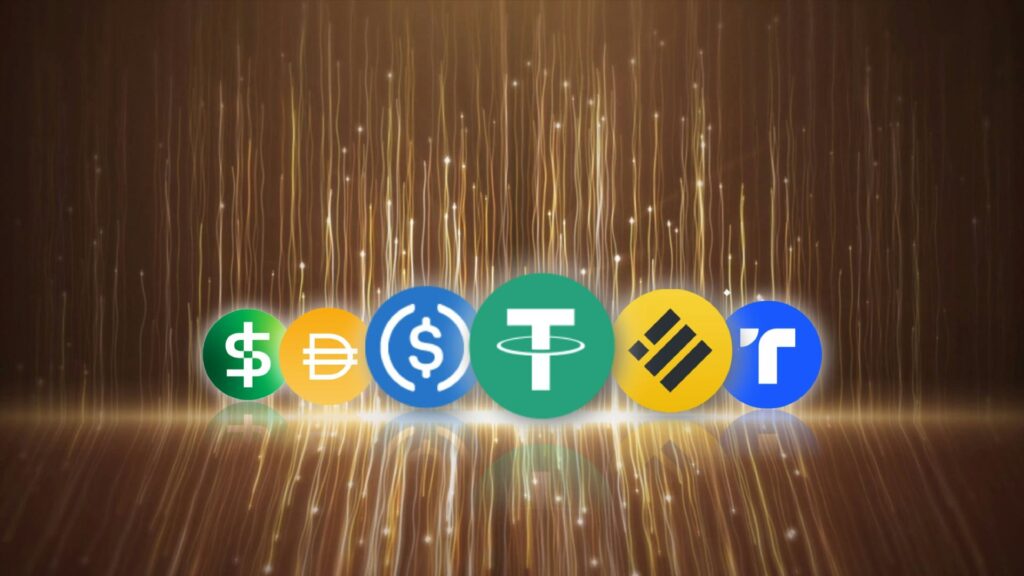Société Générale’s digital assets subsidiary, SG-FORGE, is entering the decentralized finance (DeFi) space by making euro- and dollar-pegged stablecoins available for trading on decentralized platforms. This move is significant, as no major European bank has made such an effort before.
The assets will be used for lending, borrowing and spending, showing that stablecoins have become an accepted part of traditional financial markets in Europe. There is a broader trend of introducing crypto to traditional markets, and stablecoins serve as a bridge between the two.
The birth of EURCV and USDCV
SG-Forge was the first to introduce EUR CoinVertible (EURCV) in 2023. It is the first fully reserved stablecoin pegged to the Euro. It also ensures daily transparency on guarantees and segregation of reserves.
EURCV then evolved to meet all the requirements of the European MiCA regulatory framework. This allowed the stablecoin to circulate freely on public blockchains. In 2025, SG Forge expanded its offering by introducing a stablecoin pegged to the US dollar. USD CoinVertible (USDCV) then quickly built a user base.
Bringing regulated stablecoins to DeFi protocols
The next big step for SG-Forge was the announced integration with major Ethereum protocols, such as Uniswap and Morpho. This made it possible to use the stablecoin for lending with interest and for borrowing between users.
This further expanded services, as users could earn returns and access liquidity without resorting to a traditional bank. This is a key step in the merger of traditional financial companies and blockchain-based financial companies. Both combine the flexibility of crypto with the stability of fiat currency. Since European regulations regarding the use of stablecoins are much more comprehensive than those in the United States, many traditional companies are starting to expand into decentralized finance.
Expanding Access Through Partnerships and Portfolios
Retail access has been strengthened through partnerships such as the one with Bitpanda. It was announced on October 14, 2025 and allowed Bitpanda customers to use the services of both stablecoins. Users can now for the first time earn returns on a regulated market in Europe.
There is also a growing network of partnerships with some of the best crypto wallets. These are designed to store crypto assets and transfer them without the risk of hacker attacks or compromise. They may be online-based or provide additional security by not being connected to the Internet.
Institutional appeal meets chain flexibility
The on-chain features of stablecoins make them attractive to users. They can be programmable just like cryptocurrencies, meaning they can be used in smart contracts. Thus, transfers, whatever they may be, are guaranteed to take place as defined by the contract and at the specified time.
This eliminates the need for labor, thereby reducing the cost of many transactions. It also provides assurance that no contract can match. Since the transaction details are written to the blockchain, there is no way to avoid enforcing them.
Regulations and limits
Even if progress is made, SG-FORGE remains cautious about its strategy. The tokens are designed to comply with MiCA, but local regulations still limit them somewhat. For example, it probably won’t be able to work in the US market, where crypto adoption is at its highest level.
However, regulations are evolving rapidly and institutional support, such as that of SG-FORGE, is incentivizing governments to become more accepting of digital financial products. There is a good chance that this trend will increase in the years to come, both in the United States and in Europe. The Euro and the US Dollar remain a stable backing for a stable currency, even if their values fluctuate somewhat.
Balancing compliance and openness
Some users are concerned about the concept of stablecoins. They believe that the main purpose of cryptocurrencies and other digital assets is to escape government control. Stablecoins are linked to central banks because their value depends on that of a fiat currency.
Early versions of EURCV used the safelist, allowing SG-FORGE to restrict transfers, although this functionality was later removed. According to experts, such as those at CCN, the company has also started publishing detailed reports on reserves. All of this means that with the introduction of stablecoins, decentralized finance has become a bit more centralized.
To summarize
Société Générale’s initiative introduces two stablecoins into its offering. This is the first time that a major bank in Europe has done so. Coins can be used to lend, borrow, or simply store value, like any other cryptocurrency, but their value is tied to the Euro and US Dollar.
This shows how much the industry has changed and improved, and that it is now part of the financial mainstream like never before. For some users, this change also means more government control, something the crypto industry was supposed to evade.
Featured image credit




